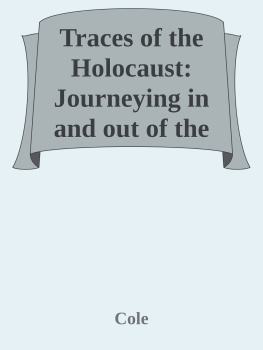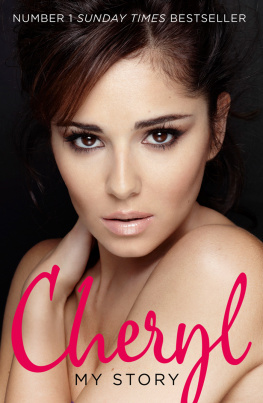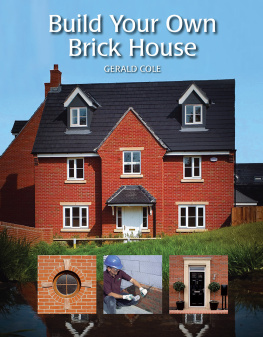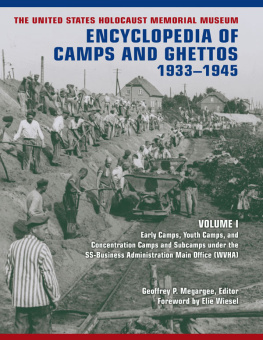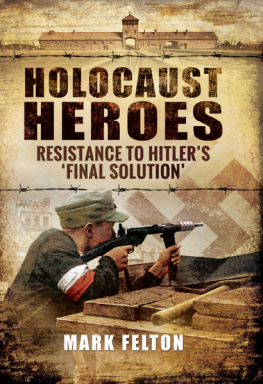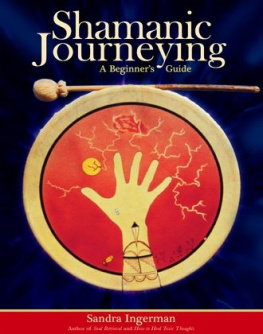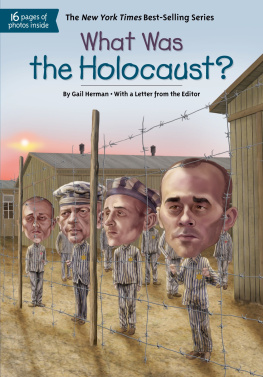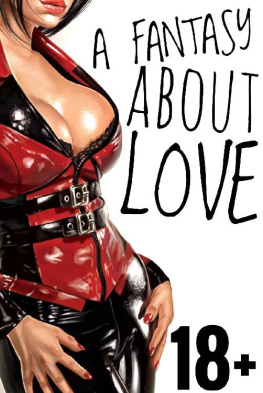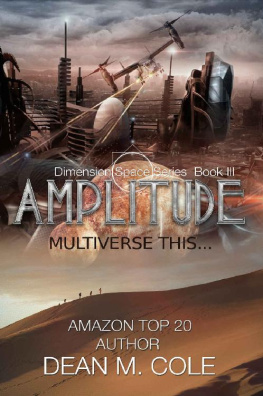Cole - Traces of the Holocaust: Journeying in and out of the Ghettos
Here you can read online Cole - Traces of the Holocaust: Journeying in and out of the Ghettos full text of the book (entire story) in english for free. Download pdf and epub, get meaning, cover and reviews about this ebook. year: 2011, genre: Home and family. Description of the work, (preface) as well as reviews are available. Best literature library LitArk.com created for fans of good reading and offers a wide selection of genres:
Romance novel
Science fiction
Adventure
Detective
Science
History
Home and family
Prose
Art
Politics
Computer
Non-fiction
Religion
Business
Children
Humor
Choose a favorite category and find really read worthwhile books. Enjoy immersion in the world of imagination, feel the emotions of the characters or learn something new for yourself, make an fascinating discovery.
- Book:Traces of the Holocaust: Journeying in and out of the Ghettos
- Author:
- Genre:
- Year:2011
- Rating:3 / 5
- Favourites:Add to favourites
- Your mark:
- 60
- 1
- 2
- 3
- 4
- 5
Traces of the Holocaust: Journeying in and out of the Ghettos: summary, description and annotation
We offer to read an annotation, description, summary or preface (depends on what the author of the book "Traces of the Holocaust: Journeying in and out of the Ghettos" wrote himself). If you haven't found the necessary information about the book — write in the comments, we will try to find it.
Traces of the Holocaust: Journeying in and out of the Ghettos — read online for free the complete book (whole text) full work
Below is the text of the book, divided by pages. System saving the place of the last page read, allows you to conveniently read the book "Traces of the Holocaust: Journeying in and out of the Ghettos" online for free, without having to search again every time where you left off. Put a bookmark, and you can go to the page where you finished reading at any time.
Font size:
Interval:
Bookmark:


Traces of the Holocaust
Journeying in and out of the Ghettos
Tim Cole
Published by the Continuum International Publishing Group The Tower Building 80 Maiden Lane
11 York Road
Suite 704
London
New York
SE1 7NX
NY 1003
www.continuumbooks.com
Copyright Tim Cole, 2011.
All rights reserved. No part of this publication may be reproduced or transmitted in any form or by any means, electronic or mechanical, including photocopying, recording or any information storage or retrieval system, without prior permission from the publishers.
First published 2011
British Library Cataloguing-in-Publication Data
A catalogue record for this book is available from the British Library.
ISBN: 978-1-4411-3897-2
Typeset by Fakenham Prepress Solutions, Fakenham, Norfolk NR21 8NN
For Alisha and Lauren
Contents
Part I Places and Spaces: Journeys to and from the Ghetto
Part II Peoples Stories: Narratives of Ghettoization and Deportation
Acknowledgements
Ive been working on this book for a while, and so the list of people to thank feels dauntingly long. Intellectually, I owe a considerable debt to those whose written work has inspired me. In particular, Randy Brahams many volumes have been a constant presence by my desk as Ive researched and written, but reading through the notes you will see the very tip of the iceberg of other careful scholarship that I owe so much to. As well as that more distanced relationship that we have as academics reading and responding to each others work through writing, I am also thankful for the insightful comments of academics who Ive discussed parts of the book with, or who have asked probing questions when I have presented some of the ideas here in conference or research seminar papers in a wide variety of places. Similarly probing, and useful, were the comments of anonymous reviewers of an early draft of several chapters and a number of journal articles based on parts of this book (I reference these earlier developments of some of the ideas here in the notes). Of particular importance have been colleagues in Bristol who have read versions of various chapters, provided encouragement to keep on writing, and in the case of Jamie Carstairs offered his photographic expertise. I am fortunate to be surrounded by a supportive and stimulating group of historians in my home department.
During the research for this project, I am thankful for the help of a large number of archivists and librarians, but particular mention should go to Ferenc Katona at the United States Holocaust Memorial Museum archives who has helped time and time again with both insight and humour, and to Judy Cohen at the United States Holocaust Memorial Museum photo archives. I am very grateful to both Judit Brody and Kitty Balint-Kurti for their generosity in sharing both documents and their memories with me. Archival research and extended writing has been made possible through the generosity of a number of institutions. I first started collecting materials while the Pearl Resnick Postdoctoral Fellow in the Center for Advanced Holocaust Studies at the United States Holocaust Memorial Museum, working on my previous book. Further research and writing was made possible by a Research Fellowship granted by the Leverhulme Trust. The final stage of research and writing was undertaken under the auspices of a University Research Fellowship funded by the University of Bristol. I am grateful to all three institutions for their support.
During research trips to Hungary, dm and Dra Szabados and family, and Laci and Hajnalka Smegi and family have provided generous hospitality. In Washington, DC, I enjoyed the hospitality of Brad and Abi Byrd, and John and Kat Casson. At home, my wife Julie has put up with numerous absences as I have researched, presented on and written this book. Finally I am very grateful to Robin Baird Smith at Continuum for believing in this book, and me. I have been pleased to work on a book with Robin that is on a topic that has a personal resonance for him.
Writing this book I have been interrupted by a number of wonderful distractions.
Academically, I have been involved in two stimulating collaborative research projects. At Bristol, I have been part of an Arts & Humanities Research Council-funded Landscape and Environment research project into Militarized Landscapes in Britain, France and the United States. That has taken me from thinking about Hungary in 1944, to writing about the hills of upland Wales in the second half of the twentieth century. My colleagues on that project Peter Coates, Chris Pearson and Marianne Dudley have been great company over the last few years as we have explored together military landscapes across the south-west of Britain.
Beyond Bristol, I have been very fortunate to find another inspiring group of research collaborators brought together through a shared interest in Holocaust Geographies. From initially working together in a two-week Summer Research Workshop hosted by the Center for Advanced Holocaust Studies at the United States Holocaust Memorial Museum in Washington, DC, we have continued research collaboration under the auspices of an NSF research grant.
My colleagues on the Holocaust Geographies project Alberto Giordano, Anne Kelly Knowles, Waitman Beorn, Anna Holian, Simone Gigliotti, Paul Jaskot, Marc Masurovsky and Erik Steiner have provided a fruitful arena for collaborative intellectual discovery. I am very grateful to them all. Thinking about other things militarized landscapes and historical GIS
and the Holocaust has, no doubt, helped me to think differently about this book.
But these academic distractions pale into insignificance besides the best distractions of these last few years: the birth of two daughters. Our first daughter Alisha was born literally just a few hours after I completed the index of my previous book. A couple of years ago she was joined by her little sister, Lauren. This book is dedicated to both of them. I promised Alisha that I would dedicate my next book to her and as every parent knows, it is very important to keep your promises to your kids! Writing this book I have often thought of parents living in Hungary in the first half of the 1940s whose ability to meet their promises to their children was so terribly restricted and curtailed. Having children myself has made me think about the history that I research and write about in a rather different way. Something of the focus of this book no doubt owes much to the presence of Alisha and Lauren in my day-to-day life over the last few years of thinking about how to write social histories of the Holocaust in Hungary.
Tim Cole
Bristol, September 2010
Prologue
PROLOGUE: TRACES OF THE HOLOCAUST
There is a scene in Claude Lanzmanns acclaimed documentary film Shoah that shows the late Raul Hilberg sitting in his study in a wintry Vermont holding a piece of paper in his hand. As he explains to Lanzmann, this is the Fahrplananordnung 587 (timetable order 587), which is typical for special trains, detailing a transport to the death camp at Treblinka in September 1942. Hilberg translates the document for Lanzmann who is obviously captivated by it: Lanzmann: But why is this document so fascinating, as a matter of fact? Because I was at Treblinka, and to have the two things together
Hilberg: Well, you see, when I hold a document in my hand, particularly if its an original document, then I hold something which is actually something that the original bureaucrat held in his hand. Its an artefact. Its a leftover. Its the only leftover there is. The dead are not around.1
Next pageFont size:
Interval:
Bookmark:
Similar books «Traces of the Holocaust: Journeying in and out of the Ghettos»
Look at similar books to Traces of the Holocaust: Journeying in and out of the Ghettos. We have selected literature similar in name and meaning in the hope of providing readers with more options to find new, interesting, not yet read works.
Discussion, reviews of the book Traces of the Holocaust: Journeying in and out of the Ghettos and just readers' own opinions. Leave your comments, write what you think about the work, its meaning or the main characters. Specify what exactly you liked and what you didn't like, and why you think so.

